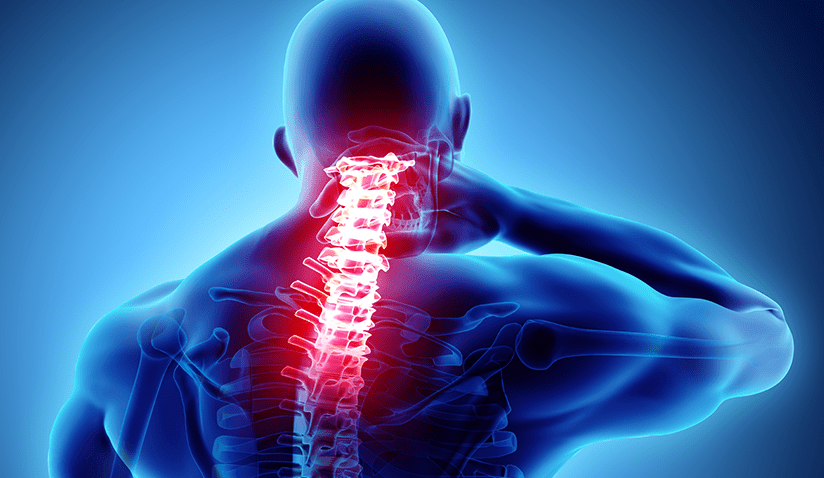Cervical spondylosis is a common degenerative condition of the cervical spine that affects the discs and joints in the neck. It often results from age-related wear and tear but can also be accelerated by lifestyle factors. This article explores various methods to manage and potentially recover from cervical spondylosis, enhancing your quality of life.
Understanding Cervical Spondylosis:

Cervical spondylosis involves changes to the bones, discs, and joints of the neck. These changes can include the development of bone spurs and degeneration of spinal discs. Symptoms often include neck pain, stiffness, and sometimes neurological symptoms if nerve compression occurs. It’s crucial to get a proper diagnosis from a healthcare provider.
Lifestyle Modifications:
- Ergonomic Adjustments: Make changes to your workstation to ensure it’s neck-friendly. Keep your monitor at eye level and avoid bending your neck forward for long periods.
- Posture Correction: Practice good posture. Keep your shoulders back and neck straight. Avoid slouching as it puts additional pressure on the cervical spine.
- Regular Exercise: Engage in activities like walking, swimming, or yoga, which help strengthen the muscles around the neck and improve flexibility without straining the spine.
Physical Therapy:

Physical therapy is a cornerstone of managing cervical spondylosis. A physical therapist can teach you exercises to stretch and strengthen the neck and upper back muscles, significantly reducing symptoms.
- Stretching Exercises: Gentle stretching can help maintain mobility and relieve stiffness.
- Strengthening Exercises: Building strength in the neck muscles supports the spine, potentially easing the discomfort.
Alternative Therapies:

- Acupuncture: This traditional Chinese medicine technique has been found to help in reducing pain and inflammation.
- Massage Therapy: Regular massages can help relax tight muscles and improve circulation, which might alleviate pain and stiffness in the neck.
Conclusion:
Recovering from cervical spondylosis involves a comprehensive approach that includes lifestyle changes, physical therapy, and possibly medical interventions. With the right strategies, many people find significant relief from their symptoms and improve their overall spinal health. Always consult with a healthcare provider before starting any new treatment to ensure it is safe and appropriate for your specific condition.
If you have any queries related to medical health, consult Subhash Goyal or his team members on this given no +91 99150 72372, +91 99150 99575, +9182830600





